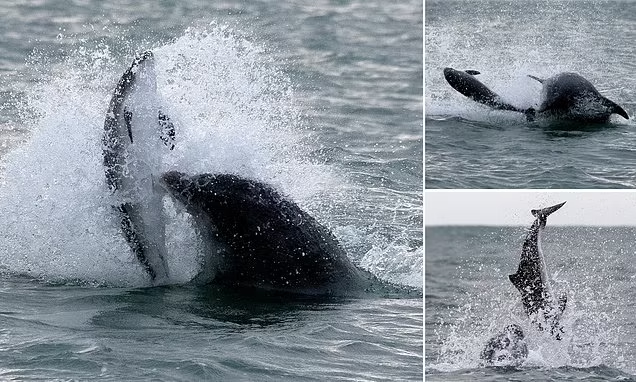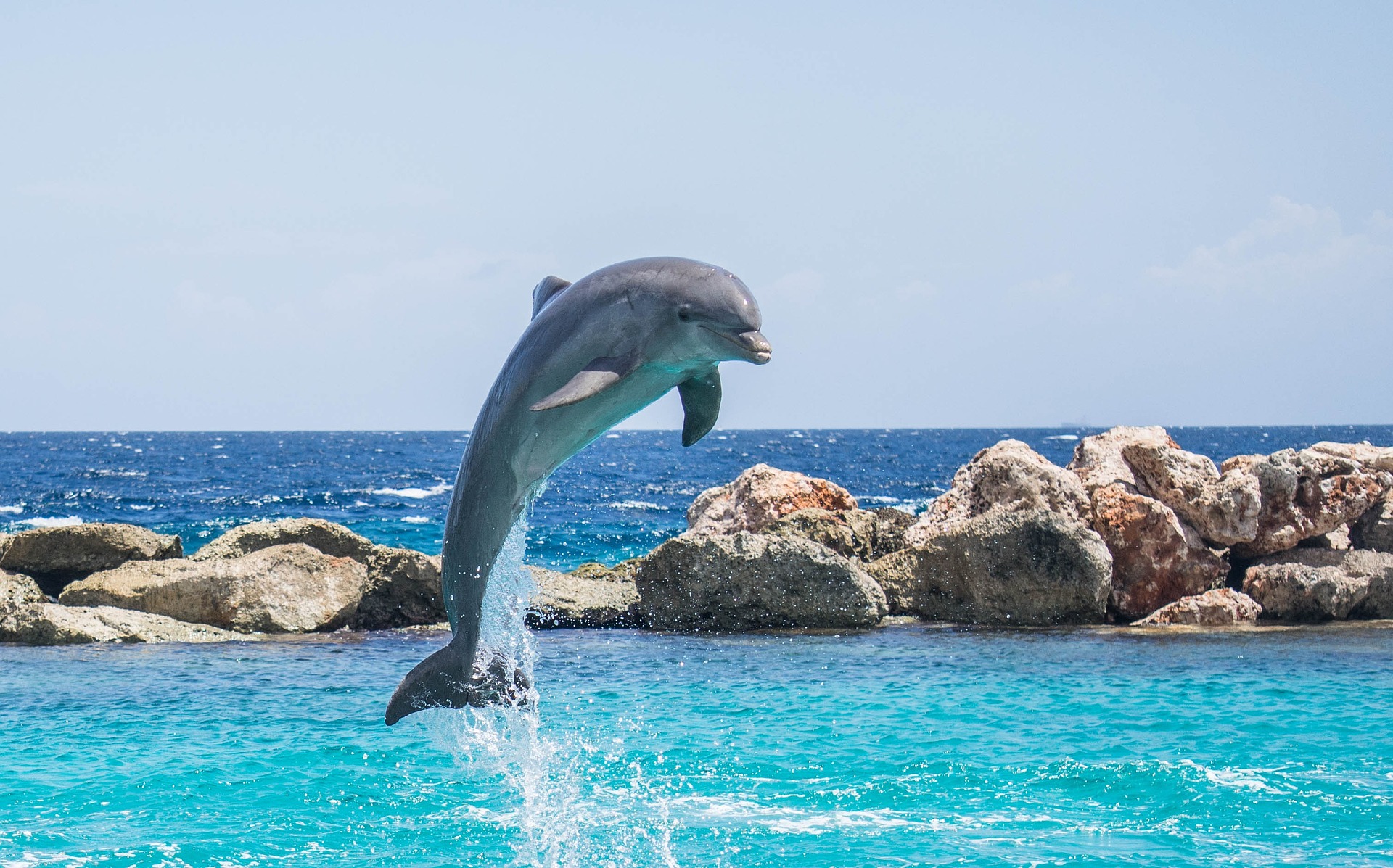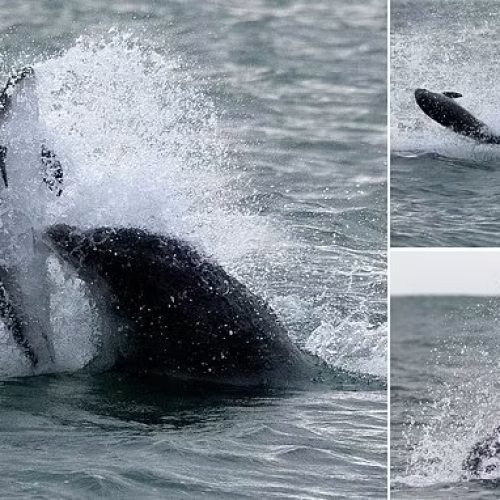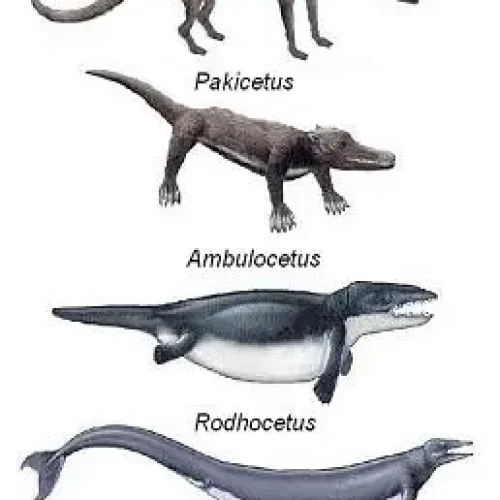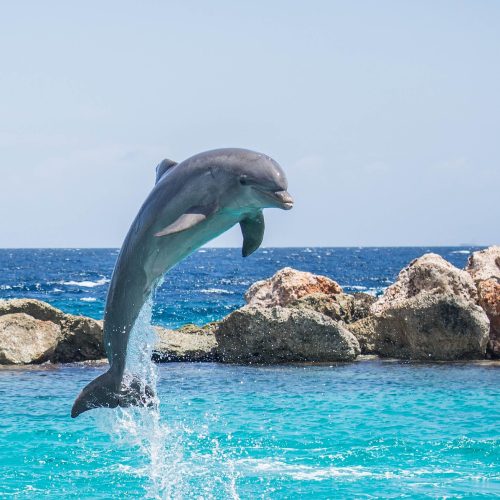Did you know that pink dolphins exist?
These unique and beautiful creatures, also known as Amazonian dolphins and Chinese white dolphins, are unfortunately endangered. Their population has declined dramatically in recent decades due to multiple threats to their habitat.
In this article, we’ll explore the fascinating characteristics of these dolphins, their current status, the challenges associated with their census and the conservation efforts being put in place to protect them.
In this article
THE PINK DOLPHIN: A UNIQUE AND ENDANGERED SPECIES
Pink dolphins, scientifically referred to as Inia geoffrensis in the Amazon and Sousa chinensis in China, boast a rare and mesmerizing appearance.
Unlike their marine counterparts, these cetaceans dwell exclusively in freshwater habitats, setting them apart as a specialized species adapted to riverine environments.
Venturing into the heart of the Amazon River basin and the waters of China, pink dolphins establish their domains amidst the winding channels and serene tributaries.
Within the Amazon, they navigate the labyrinthine waters of the Amazon River itself, alongside the intricate networks of the Orinoco and Tocantins. Similarly, in China, they stake their claim in the estuarine expanses of the Pearl River Delta and the coastal reaches of the South China Sea.
Beyond their captivating hue, pink dolphins exhibit a suite of adaptations tailored to their freshwater abodes. Sporting elongated snouts and supple necks, they maneuver deftly through dense vegetation and shallow waters, a testament to their evolutionary prowess.
Their social dynamics and communication patterns echo the rhythms of river life, a testament to their specialized niche within freshwater ecosystems.
You may also like – From Millions to Thousands: The Shocking Decline of Global Dolphin Numbers
POPULATION STATUS OF PINK DOLPHINS
Delving into the realm of population estimates unveils both hope and concern for the future of pink dolphins:
– Amazon River Dolphin: With an estimated population of roughly 20,000 individuals, the Amazon river dolphin graces the waterways of South America, though its numbers teeter amidst ongoing threats.
– Chinese White Dolphin: In the Pearl River Delta, approximately 2,500 Chinese white dolphins persist, yet their ranks dwindle in the face of mounting anthropogenic pressures.
Once abundant, pink dolphins now confront a precipitous decline, a narrative woven by multifaceted forces:
– Habitat Loss and Degradation: The encroachment of deforestation, urbanization, and dam construction fragments and despoils their once-pristine habitats, severing vital lifelines and breeding grounds.
– Fishing Gear Entanglements: Snared in the lethal embrace of gillnets and trawls, pink dolphins fall victim to unintended capture, succumbing to injuries and mortality.
– Pollution: The insidious creep of agricultural runoff, industrial effluents, and plastic detritus contaminates their watery domains, exacting a toll on their health and reproductive success.
– Hunting: Despite legal safeguards, illicit hunts persist, driven by entrenched traditions and commercial appetites, threatening pink dolphins with a perilous existence.
You may also like – What killed the Baiji white dolphin?
THE CHALLENGES OF PINK DOLPHIN SURVEILLANCE
Surmounting the hurdles of habitat and elusiveness, the task of tallying pink dolphins proves daunting:
– Difficulty of Surveying in Their Habitat: Concealed within the murky depths and tangled foliage of river ecosystems, pink dolphins evade conventional survey methods, rendering accurate counts elusive.
– Lack of Comprehensive Studies: Despite strides in conservation, lacunae persist in understanding pink dolphins, particularly in remote reaches of their range, impeding effective management strategies.
– Potential for Undercounting: Shadowed by uncertainty, current population estimates may err on the side of conservatism, masking the true extent of pink dolphin populations and imperiling conservation efforts.
Pink dolphins embody not only a marvel of nature but also a barometer of freshwater ecosystem health.
As we navigate the currents of conservation, bridging knowledge gaps and addressing pressing threats, we embark on a journey to safeguard the future of these enchanting and imperiled denizens of the river.
CONSERVATION EFFORTS TO PROTECT PINK DOLPHINS
In the battle to preserve pink dolphins, a multifaceted approach emerges, encompassing:
Designating sanctuaries and reserves offers a lifeline to pink dolphins, providing havens where they can thrive free from the specter of human encroachment.
Enactment of stringent laws and regulations serves as a bulwark against the tide of exploitation, shielding pink dolphins from the clutches of illegal hunting and habitat destruction.
Embracing the mantle of knowledge, research endeavors unravel the enigmatic world of pink dolphins, shedding light on their ecological needs and vulnerabilities. Monitoring programs stand sentinel, tracking population trends and sounding the alarm at the first whispers of decline.
Harnessing the power of advocacy, public awareness campaigns galvanize hearts and minds, fostering a groundswell of support for pink dolphin conservation. From classrooms to boardrooms, the rallying cry resounds: “Protect our pink treasures.”
You may also like – What is the pink dolphin called?
THE IMPORTANCE OF SAVING PINK DOLPHINS
Amidst the mosaic of reasons lies the imperative to safeguard pink dolphins:
- Ecological role of river dolphins: As custodians of river ecosystems, pink dolphins wield a profound influence, sculpting the dynamics of aquatic communities and maintaining the delicate balance of nature.
- Cultural signifiance: Entwined in the fabric of folklore and tradition, pink dolphins occupy a hallowed place in indigenous cultures, serving as revered symbols of wisdom and guardianship.
- Tourist appeal: Drawing travelers from far and wide, the allure of encountering pink dolphins in their natural habitat kindles the flames of ecotourism, offering economic opportunities while fostering appreciation for these majestic creatures.
You may also like – What is the rarest dolphin?
WHAT THE FUTURE HOLDS FOR PINK DOLPHINS
Projected trajectories paint a sobering picture, foretelling a landscape where pink dolphins teeter on the brink of extinction, unless decisive action is taken to reverse the tide of decline.
Looming on the horizon, a litany of threats casts a shadow over the fate of pink dolphins, from habitat degradation to poaching, underscoring the urgency of conservation efforts.
Yet amidst the storm clouds, rays of hope pierce through, buoyed by the resilience of pink dolphins and the unwavering dedication of conservationists.
From grassroots movements to international collaborations, a chorus of voices rises in solidarity, proclaiming a future where pink dolphins thrive once more.
In the crucible of conservation, the fate of pink dolphins hangs in the balance. As stewards of the natural world, it falls upon us to heed the call, to stand as guardians of these ethereal beings and champions of their survival.A

